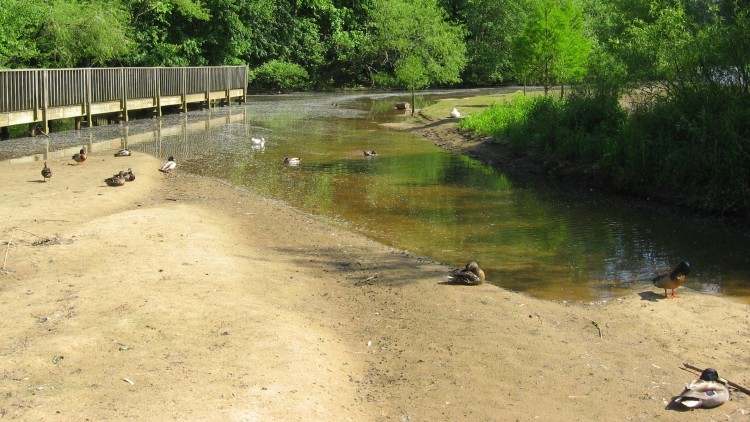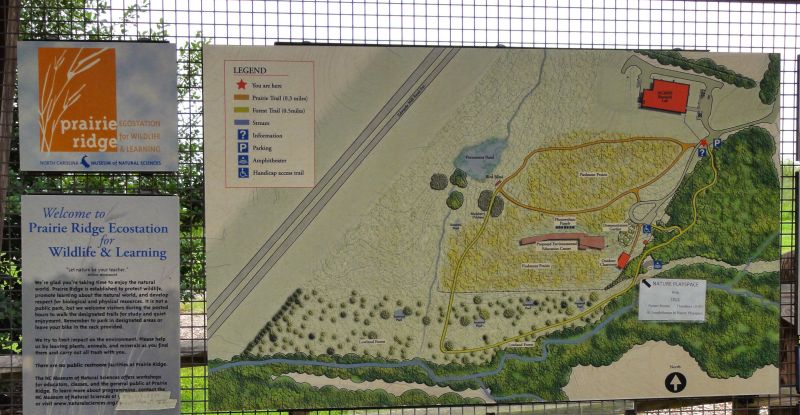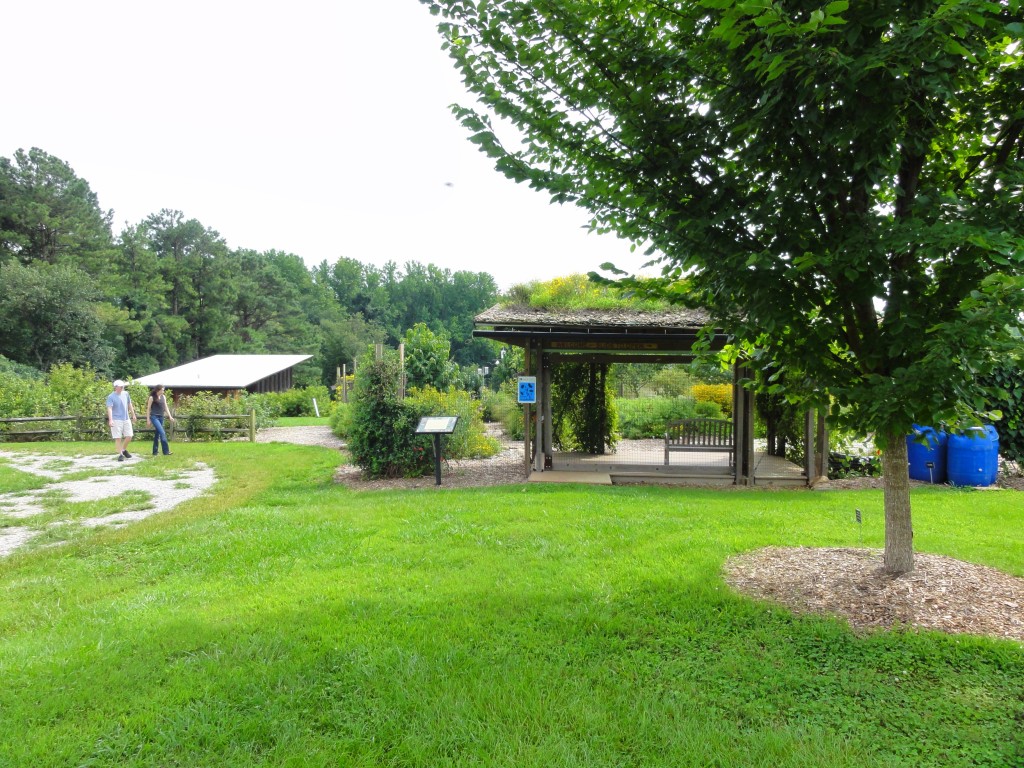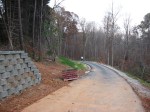Schenck Forest held a special place in my family back when the kids were the right ages to run with the dogs down in the creek bottom. Yes I admit we used to give them free run once we were down there. Those days are long gone – I understand the strict reinforcement of the rules, and I surely cannot say I never saw dog problems there. The place remains a beautiful place to visit, but it also represents an important marker of forestry practices, and is named for the pioneering sustainable forester who made his name at the Biltmore Estate.
Carl Alwin Schenck
Dr. Schenck was hired by George Vanderbilt to design and manage Biltmore’s forestry operations after the “partial”departure of Gifford Pinchot. He founded a forestry school that greatly influenced the American industry and his work on the future Pisgah National Forest set a grand example of forestry practice at its best. NCSU’s 300 acre teaching forest enables today’s students to learn about and put into effect the principles of selective logging to enhance long-term value, protection of diversity in the forest habitat, and nurturing of future resources.

photo courtesy of twbuckner
Above, Schenck Forest is to the left of the Reedy Creek Trail, which runs from the NC Museum of Art to the southern entrance of Umstead State Park. The forest ranges down to Richland Creek. There are several loop trails. As seen below, the area has ever-changing stands of trees – mostly loblolly pine -at all stages of development.
The strict leash rules were implemented in 2005. Enforcement via horseback, bike, and undercover on foot takes place afternoons and weekends. Richland Creek makes some big sandy swimming holes as it traverses the bottomland, and the temptation is high. Violators may be banned from the park for a year. The popularity of Schenck Forest remains very high. Biltmore’s huge acreage became a national forest and Carl Schenck is well memorialized by this wonderful Raleigh amenity.
The Natural History of Raleigh
click above to buy the book based on this blog






















































